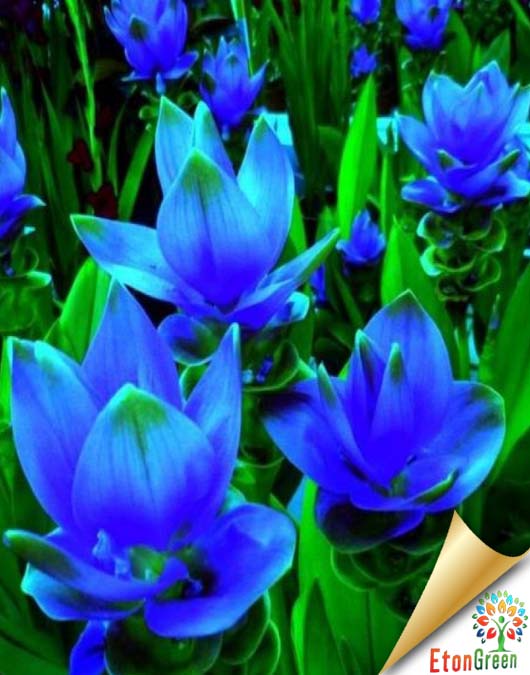- Shipping charge ₹ 90 for entire order
- Despite its name, it is not related to the tulip, but to the various ginger species such as turmeric. It can grow as an indoor plant and is also sold as a cut flower.
- Inflorescences, stems, and leaves of this plant resemble the flowers, stems, and leaves of tulips, hence the common name. The true flowers are seen only if they curl around the bracts edges.
- Each inflorescence appears atop a rigid, reed-like stem that grows to 2 inches tall from a clump of narrow, lance-shaped, dark green leaves.
-
Curcuma Planting Procedure:
- Plant rhizomes in spring after last frost date in organically rich, medium moisture, well-drained soils in full sun to part shade
- Plant rhizomes outdoors in spring
- Plant them at a depth of 4 inches
- Plants may also be grown in containers that should be overwintered indoors in the pots in a cool dry location with minimal moisture
-
Caring for Curcuma
- Prepare your planting site, which should be in full sun. Till in a several inches of organic matter, such as peat moss or course sand, to the 12 inches of your planting site to make your soil better suited for drainage. Plant curcumas about one per square foot and bury the bulbs only an inch from the surface of the soil. The eye–or bud–should be facing up .Push down on the soil with your hands to remove any possible air pockets. Water the bulbs and after the water seeps into the soil, push down the soil again.Fertilize curcuma bulbs after planting. Use about one tablespoon of fertilizer labeled 15-15-15 (or 16-16-16 for large curcuma) and a bit less for small varieties
- If your soil tends to dry out much, it’s best to grow Curcuma in partial shade.
- Provide regular moisture throughout the growing season and do not allow soils to dry out.




